Text and photos by PJ Reptilehouse.
This is a photography project that I stumbled into, or perhaps I should say it grew organically from other projects. Several years ago, just after breakthroughs in LED (Light-Emitting Diode) technology made illumination by LED practical, a friend asked me if I could make a LED strobe light for a science demonstration. I thought it was a splendid idea. LEDs are cheap and easy to work with and, unlike traditional strobe tubes, they use safe, low voltages. I made several LED strobes, including a strobing flashlight, and began playing with them. I tried all the usual things, including “freezing” the motion of cooling fans and streams of water. I also tried taking some photos that were similar to what Harold Edgerton had done years before when he developed the traditional strobe flash.
The results of my photos got me thinking. I saw lovely patterns and certain aesthetic challenges in Edgerton’s photos and in photos by other chronophotography pioneers such as Muybridge and Marey. And I thought: What if I used these basic techniques, which were used to illustrate motion studies and other natural phenomena, to create art nude photography? My emphasis would be on aesthetics rather than an accurate depiction of some phenomenon.
I embarked on a project of combining interesting patterns of motion with more traditional art nude photography. From the beginning, a hallmark of this project has been to let go of specific goals and expectations and just see what happens, evaluating it and adjusting things as I went along. I didn’t know what to expect.
The project combines motion studies with art photography, but it also mixes technical development with artistic exploration. My LED strobe lights, as well as my technology for moving the camera, have changed a great deal since I began; they’re constantly being revised. It is a very iterative process in which technological and aesthetic ideas evolve after I see the results of each shoot.
Once I started combining chronophotography and fine art nude photography, I became aware of various issues and factors that influence the result. The most basic issue is light versus dark. In looking at historical chronophotography, I noticed that there are often overexposed areas where the images overlap. I wanted to try to avoid that. Of course, exposure is tricky in general because the shutter usually needs to be open for a good length of time. To avoid the overlap/overexposure problem, I make extensive use shadows and side lighting. Also, while traditional strobes flood an area with light, I can make my LED strobes more like small spotlights and thereby have more control over what’s lit and what’s dark.
Over the years, I’ve improved the LED strobes, making them brighter and trying various other variations. I’ve made two independent channels of strobe lights that can fire at different rates in the same photo. I’ve tried combinations of brighter and dimmer flashes. I’ve tried varying the flash frequency. As with many aspects of this project, I test ideas and sometimes keep going with them; other times I put them away and try again later. I have a backlog of ideas that I want to return to.
Another factor that became immediately obvious was model motion versus camera motion. Traditionally, chronophotography traces the motion of a model or object, but I also started making patterns through the motion of the camera. Many of my images contain both forms of motion. My early camera motion was simply panning and tilting on a tripod, or sometimes just making motions freehand. Eventually, I built a rig to allow the camera to make a complete revolution. This rig evolved to include stepper motor control and synchronization with the strobe lights. Circular motion has predominated in my work, but I still try linear motion on occasion. Recently, I’ve altered the rig to allow more complicated motions. This technique is still in its early stages. Also an important factor, every image is actually a sequence of images, not simply a repetition. Sometimes the model moves in ways that make this sequence obvious and sometimes she doesn’t. This sequence can also affect whether an image has perfect symmetry or not. I actually try not to use mechanically perfect symmetry too often. It looks good, but I feel that it’s too easy.
As I shot and evaluated more images, I noticed another element I could play with: figurative versus abstract/geometric photography. Some of my images are close to simply being an art nude image repeated a few times. In others, the repetition and geometry tend to predominate and the subject may not be obvious at all. I like playing with these two possibilities, which can also be affected by how close you are to the image, allowing the photo to be appreciated in different ways. Often my favorite photos are the ones where the beauty of the lines and shadows of the human form are there but can be appreciated in news ways because of the geometric presentation.
The technical details of how I make the images are a bit tricky and change constantly. When I first started, my strobes didn’t produce much light and digital cameras didn’t function well in low light situations. So I started with T-Max 3200 film in 35mm cameras. As my strobes became brighter, I moved to T-Max 400. About halfway through 2008, various forces conspired and I switched to digital SLRs, which are now much better than they were a few years before. The light sources themselves are arrays of Luxeon high-powered LEDs, somewhat larger than the traditional LED package. The arrays increased in size, but I recently switched to an LED package designed for street lighting. Early on, I had to decide between spending increasingly more on LED technology versus simply buying a commercially available strobe unit. I decided to stick with LEDs. I feel they have allowed me more control of the light and help give my work a unique look. The flash speed, brightness, frequency, and synchronization are all controlled using PIC and Arduino microcontrollers with code I wrote. I am constantly tweaking the technology and no two shoots involve exactly the same setup.
Finally, a couple of thoughts about serendipity and Photoshop. I frequently explain that I don’t assemble these images in Photoshop; they come out of the camera just the way you see them (barring some adjustment for contrast, plus cropping, etc.). This isn’t just a technical issue. For me, using Photoshop would imply that I had a picture of what I wanted in my mind’s eye and I just needed to reproduce it. But my actual process is far more serendipitous. Even as I have improved the technology to control the process, I am constantly surprised by the results and often get results I never would have predicted. For instance, which shadow or part of the body becomes an interesting pattern with repetition or overlap? I love this aspect of the process; it’s one of the things that keeps me interested.

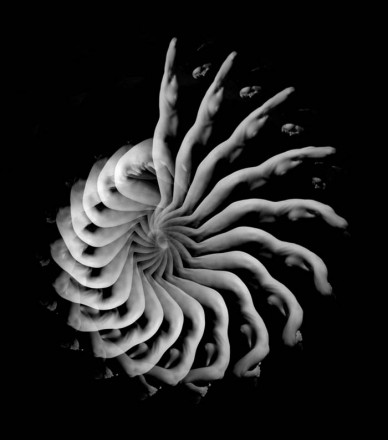
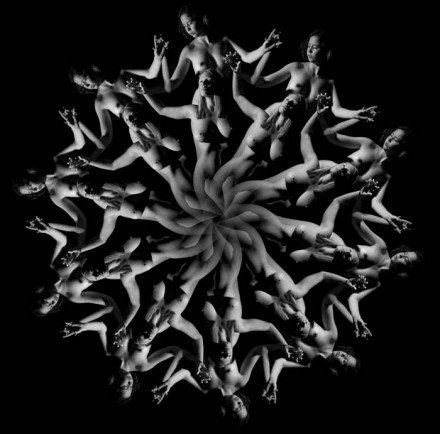
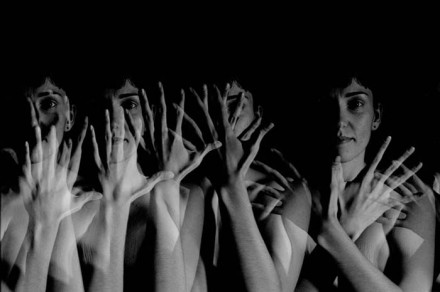
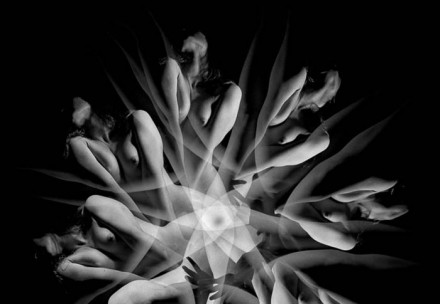
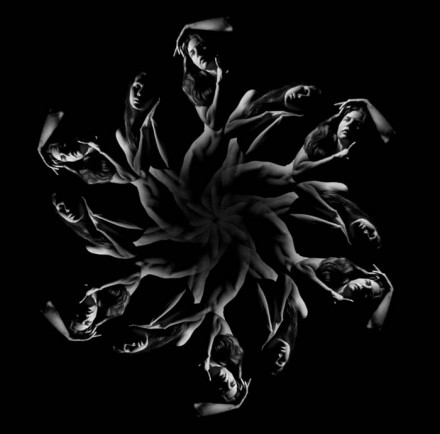
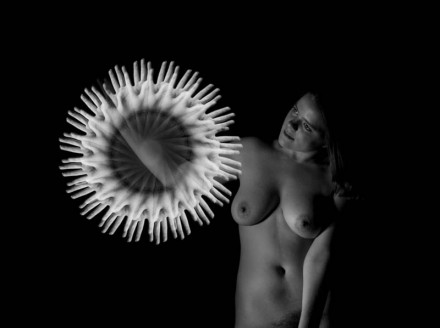
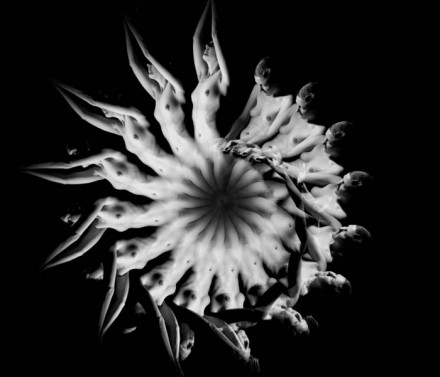
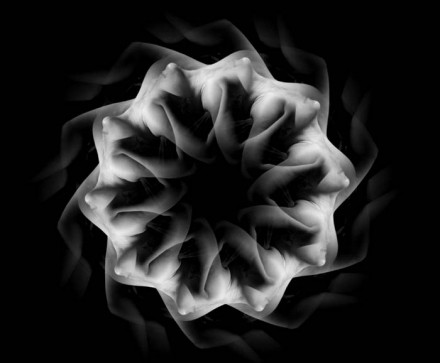
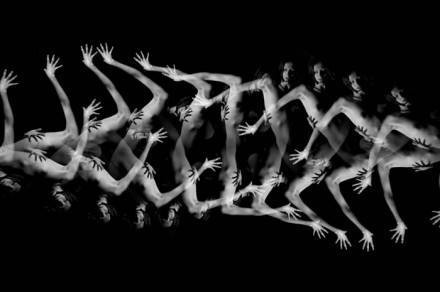
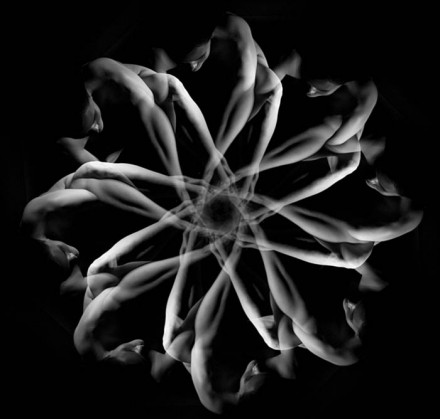
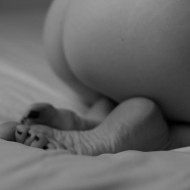
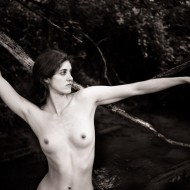
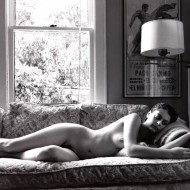
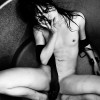
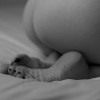





























Fascinating. Thank you for sharing your technique and evolving process!
You can also subscribe to this post comments RSS feed.